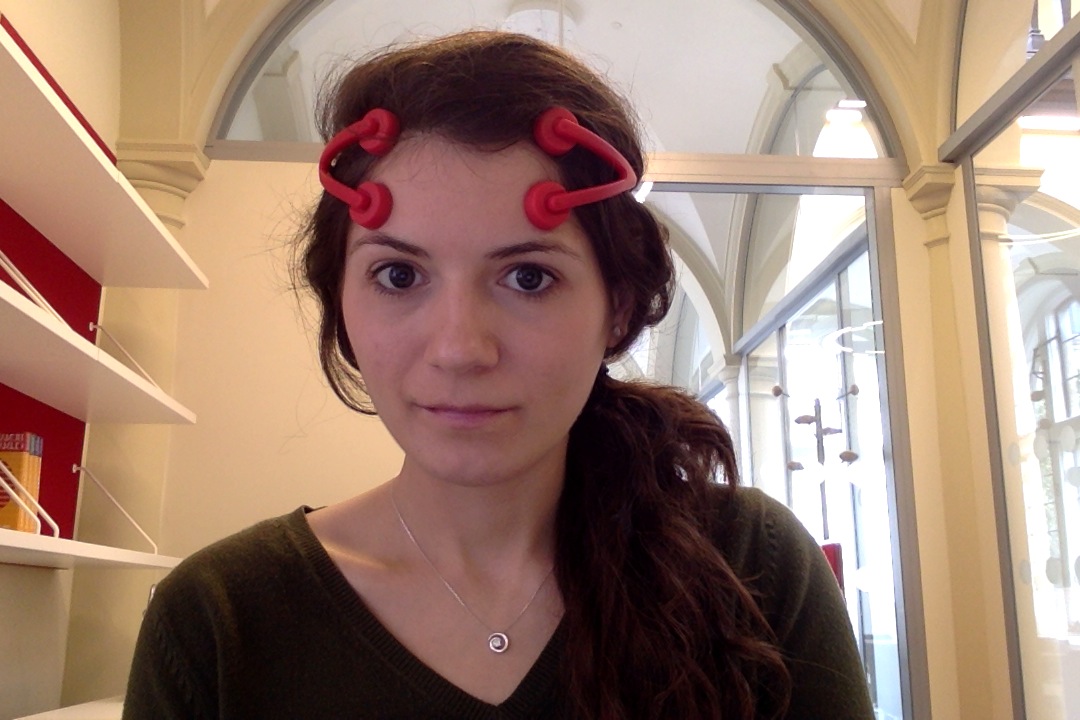On the ‘right to be forgotten’
This week, a landmark ruling from the European Court of Justice held that a Directive of the European Parliament entailed that Internet search engines could, in some circumstances, be legally required (on request) to remove links to personal data that have become irrelevant or inadequate. The justification underlying this decision has been dubbed the ‘right to be forgotten’.
The ruling came in response to a case in which a Spanish gentleman (I was about to write his name but then realized that to do so would be against the spirit of the ruling) brought a complaint against Google. He objected to the fact that if people searched for his name in Google Search, the list of results displayed links to information about his house being repossessed in recovery of social security debts that he owed. The man requested that Google Spain or Google Inc. be required to remove or conceal the personal data relating to him so that the data no longer appeared in the search results. His principal argument was that the attachment proceedings concerning him had been fully resolved for a number of years and that reference to them was now entirely irrelevant.Read More »On the ‘right to be forgotten’






